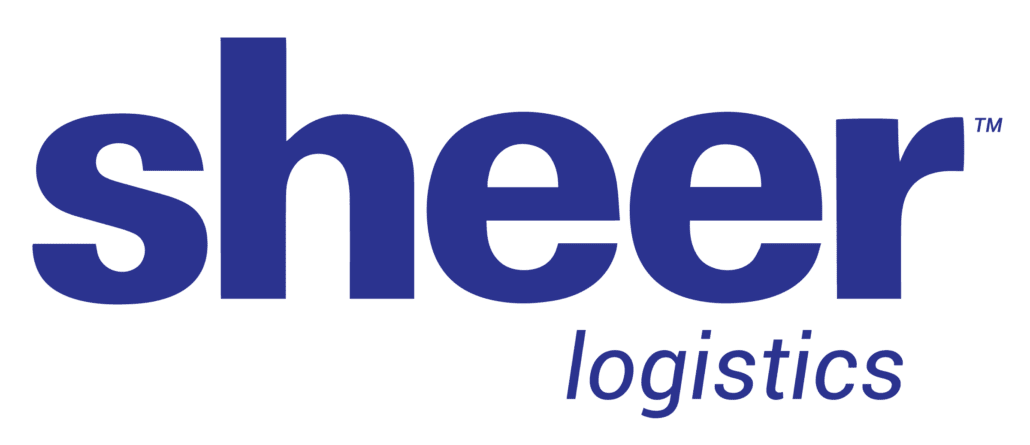Sustainable Logistics: 4 Ways to Move Towards a Greener Supply Chain
Why Sustainable Practices Matter in Logistics and Transportation?
Sustainable supply chain practices matter because they can impact the environment, as well as your company’s profitability and long-term viability. The logistics and transportation industry is a large contributor to the greenhouse gas emissions (GHG) that drive climate change; by adopting sustainable solutions, businesses can improve their environmental responsibility, reduce waste, and satisfy the demands of stakeholders ranging from investors to end-consumers.
1. The EPA’s SmartWay Transport Partnership
SmartWay is a voluntary partnership program launched by the Environmental Protection Agency to encourage greater sustainability not only in logistics, but in every stage and aspect of the supply chain. At a more concrete level, the SmartWay program aims to reduce emissions while increasing efficiency. Emissions targeted for reduction include carbon dioxide, air-polluting particulates and nitrogen oxides. Partners can contribute by:
- Developing logistical strategies that reduce targeted emissions
- Identifying and employing technologies that reduce targeted emissions
- Benchmarking current shipping and logistics operations against SmartWay goals
- Tracking reductions in targeted emissions over time
2. Closer Ties Between Customers and Shippers
According to a survey of consumers conducted by West Monroe Partners, more than half of those asked would be willing to pay five percent more for products, and wait an additional day for their arrival, if doing so would guarantee sustainable shipping. Yet how would we forge the close connection between customers and shippers needed to act on this opportunity? We might look to the carbon offset programs offered by many airlines for one approach. As any frequent flyer knows, it’s often possible to pay a small additional fee to fund environmental projects aimed at offsetting the substantial carbon emissions released in flight. However, there is no comparable checkbox on the Amazon check-out screen for “green shipping.” Yet if the survey above is a valid guide, then it’s likely that a significant percentage of Amazon’s customers would check such a box if it existed. However, in order for such large-scale, customer-driven “green shipping” to occur, a large number of sustainable shippers would need to participate.
3. Eco-Friendly Packaging Efforts
Here are two areas that the supply chain is already aware of and beginning to address:
Overpackaging
An enormous box arrives on your doorstep. After opening it and fishing through the swamp of packaging foam, you eventually find another, tiny box with the earbuds you ordered inside. For an environmentally conscious consumer, this seems pointless and wasteful. Of course, the other side of the issue is that the eco-friendly shipper shouldn’t forgo the opportunity of reusing a perfectly good box simply because it’s too large for the shipment at hand. However, a better balance is certainly available if we work hard to find it.
Transitioning to greener packaging materials
A number of sustainable packaging alternatives to polystyrene foam are already beginning to gain traction. Many of these options feature recycled materials. For example, Dell and Crate & Barrel have made use of a “renewable, home-compostable” alternative by Ecovative in their shipments.
4. Reduction of Shipping Damage
Reducing damage to goods in transit is perhaps the inroad to sustainability that shippers have the most control over. One simple method to reduce damage is to encourage or enforce proper stretch-wrapping. Failure to properly stretch-wrap often results in damaged goods, many of which retailers cannot recycle and have to relegate to landfills.
Another method to reduce shipping damage might involve placing renewed attention on the package weighing process, as well as on the differences in weights among various packages shipped together. By redoubling efforts to accurately weigh packages, while optimally arranging them by weight, shippers could further reduce weight-related damage to goods in transit.
Sheer Logistics’ Sustainable Logistics Initiatives
When it comes to reducing GHG emissions, many shippers find their Scope 3 transportation-related emissions to be the most challenging. By definition, Scope 3 emissions occur “upstream” and “downstream” of core company operations and are therefore considered “indirect,” that is, not directly under the control of the shipper company. Because many shippers utilize a network of carriers as well as third-party logistics (3PL) and fourth-party logistics (4PL) service providers to manage their transportation needs, their transportation network can be fragmented. This fragmentation has made it nearly impossible for shippers to gather quality, timely Scope 3 GHG emissions data. After all, measuring emissions is the first step in developing and implementing effective emissions reduction strategies.
To meet this challenge, Sheer Logistics developed customized Scope 3 CO2e emissions dashboards and reporting. Powered by SheerExchange, our proprietary integration Platform as a Service (iPaaS), our Scope 3 CO2e emissions dashboards leverage aggregated transportation data and integrations with the Global Logistics Emissions Council (GLEC) Framework and the new ISO 14083 standard to provide detailed and accurate real-time emissions data for every transportation mode in your supply chain. These dashboards not only aggregate CO2 emissions data from across your supply chain into a single digital platform; they allow you to drill down by mode and location so you can determine where to focus your decarbonization initiatives for maximum impact.
FAQs About Sustainable Logistics
What Challenges Arise in Implementing Sustainable Logistics?
Implementing sustainable logistics practices can present a number of challenges, including:
- High initial costs related to sustainable packaging, technology, vehicle and infrastructure investments
- Infrastructure limitations, such as access to renewable energy and electric vehicle (EV) charging stations
- Managing supply chain fragmentation
- Change management
- Data visibility and access
- Managing the complexities of e-commerce, last-mile delivery, and reverse logistics supply chain operations
Is Adopting Green Logistics Beneficial for Small Businesses?
Yes, adopting sustainable business practices can benefit small businesses in a number of ways:
- Reduced costs due to increased fuel and energy efficiency and reductions in excess packaging
- Improved brand image and enhanced customer loyalty
- Regulatory compliance and avoidance of potential future costs
- Enhanced supply chain management, resilience, and agility
- Increased competitive advantage as compared to businesses that do not adopt sustainable practices
What Makes a Logistics Transport Vehicle Sustainable?
Vehicles that have been designed or modified to reduce environmental impact, improve fuel efficiency, and reduce emissions are considered sustainable transportation vehicles. Examples include electric vehicles, hybrid vehicles, and vehicles that run on alternative fuels and biofuels rather than traditional fossil fuels.
How Can Companies Measure the Environmental Impact of Their Logistics Activities?
Shippers can measure the environmental impact of their logistics activities in several ways:
- Measuring Scope 1, 2, and 3 emissions
- Measuring fuel consumption and efficiency
- Energy consumption per square foot in warehousing and distribution centers
- Measuring packaging waste reductions
- Calculating emissions based on emissions intensity related to various modes of transportation
- Calculating fuel savings related to route optimization
- Establishing specific KPIs related to sustainability goals
- Leveraging software and logistics technology solutions from third parties to measure emissions, suggest optimized mode and transport route options, and more
Are There any Industry Standards or Certifications for Sustainable Logistics?
Yes, there are several industry standards and certifications intended to guide companies in reducing their environmental impact and meeting their sustainability goals:
- ISO 14001: Environmental Management System (EMS)
- ISO 50001: Energy Management System (EnMS)
- LEED Certification (Leadership in Energy and Environmental Design)
- SmartWay Transport Partnership (EPA)
- The Global Logistics Emissions Council (GLEC) Framework
- BREEAM (Building Research Establishment Environmental Assessment Method)
- EcoVadis Sustainability Rating
- Forest Stewardship Council (FSC) Certification
- Fair Trade Certification
Sustainable logistics is more than just a fad; it’s an essential practice for businesses seeking to reduce their environmental footprint and contribute to a greener future. By adopting greener transportation methods, reducing packaging waste, optimizing routes, and engaging in programs like the EPA’s SmartWay, your organization can make significant strides toward sustainability. Implementing these practices not only enhances operational efficiency but also strengthens brand reputation and meets the growing demand for eco-conscious business practices. Partnering with logistics companies such as 3PLs and 4PLs can help put your organization on a fast track towards your goals and help you realize cost savings related to mode and route optimization. The journey toward a sustainable supply chain is complex, but the long-term benefits make it a worthwhile investment for companies of all sizes.






